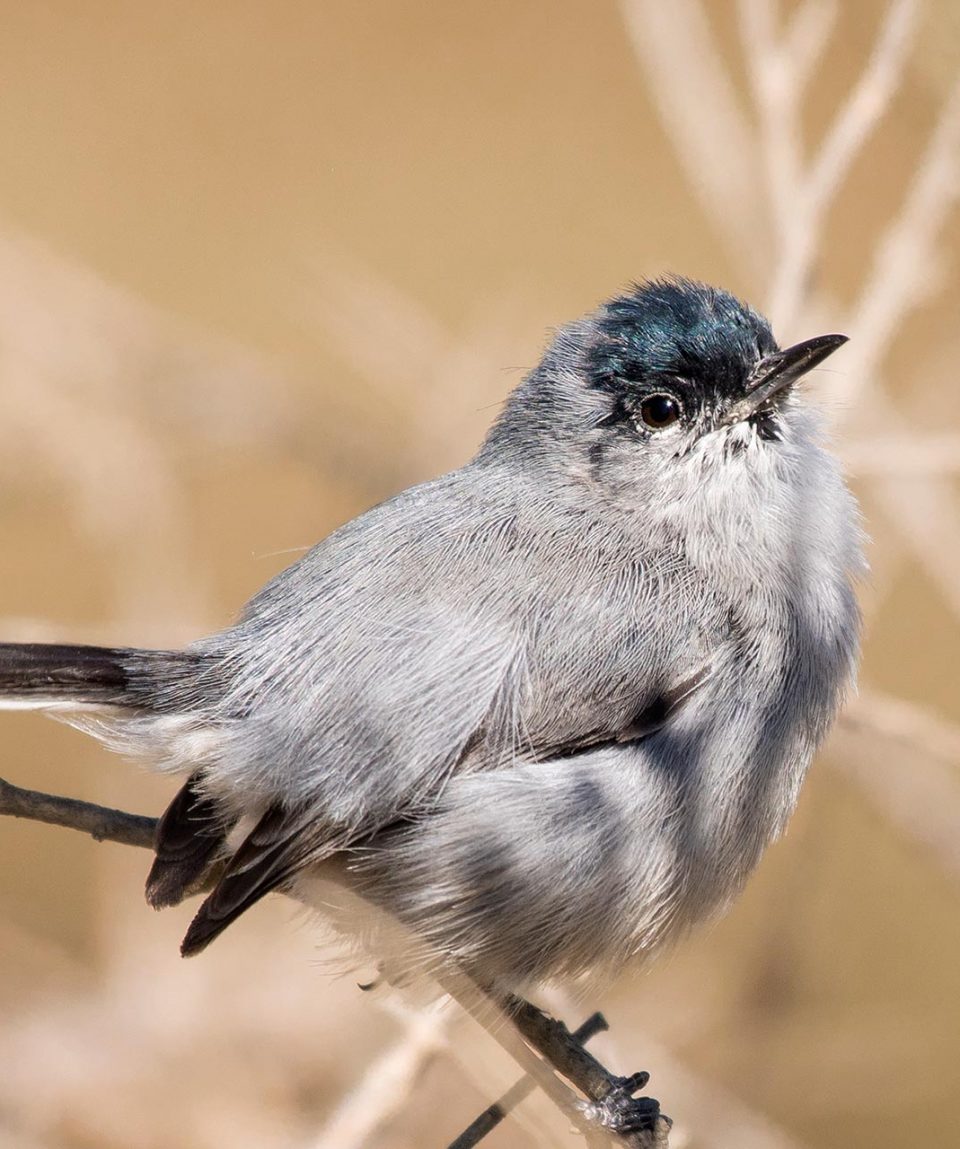2026 California – Southern California Specialties
-
Reviews 0 Reviews0/5
-
Vacation Style Holiday Type
-
Binoculars
-
Hiking
-
-
Activity Level Challenging
-
Group Size Medium Group
From the coast to the mountains and desert, the habitats of southern California are home to many of the Pacific Coast’s specialties. We’ll begin in San Diego in search of species such as Heerman’s Gull, Wandering Tattler, and Black Turnstone. Then, moving inland to the foothills and mountains, our targets will be species with California in their name: California Quail, California Gnatcatcher, California Thrasher, and California Towhee.
We’ll also be on the lookout for Nuttall’s Woodpecker, Wrentit, Oak Titmouse, Bell’s Sparrow, Lawrence’s Goldfinch, and Tricolored Blackbird.
Continuing on to the desert and the Salton Sea, other birds that we’ll be searching for include the elusive LeConte’s Thrasher, Ruddy Ground-Dove, Burrowing Owl, Costa’s Hummingbird, Abert’s Towhee, and hopefully, Yellow-footed Gull.
The maximum number of participants is seven. On rare occasions it may be extended ten.
Duration: 9 days
Group Size Limit: 5 – 8
Date: 28 November – 06 December 2026
Start: San Diego, CA
End: San Diego, CA
Price:
US$4,653 per person sharing assuming 5 – 8 participants
Single supplement: US$795
We can run the same trip at a price similar to the larger group price for 2 tour participants, if they rent their own vehicle and pay for fuel – please e-mail [email protected] for details.
- Meals
- Accommodation
- Guiding fees
- Entrance fees
- All transport while on tour
- Tolls
- Domestic and International flights
- Items of a personal nature, e.g. gifts
- Alcoholic drinks
- Personal insurance
- Laundry Service
- Gratuities
-
Will we do any birding the first day?
-
How should I dress for the tour?
-
Besides clothes, what do I need to bring?
-
What language are tours conducted in?
-
Can you help me book flights?
-
Can you book accommodation for us the night before the tour starts or the night the tour ends?
-
Do you provide trip insurance?
-
Are meals included?
-
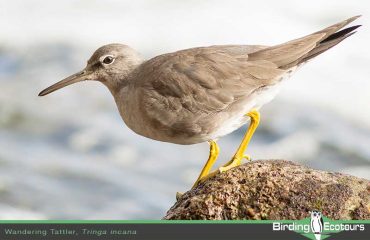 Wandering Tattler
Wandering Tattler
-
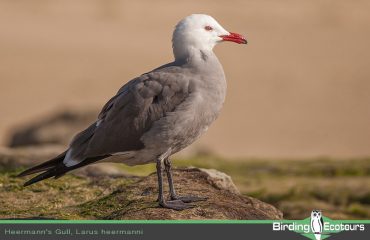 Heermann's Gull
Heermann's Gull
-
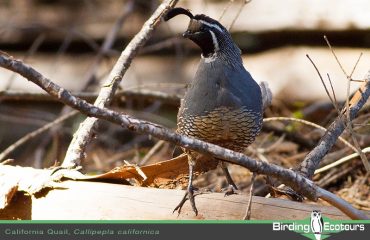 California Quail
California Quail
-
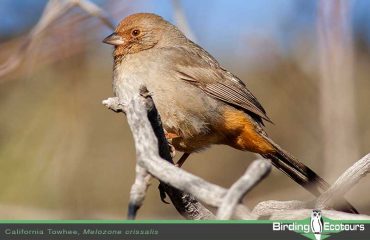 California Towhee
California Towhee
-
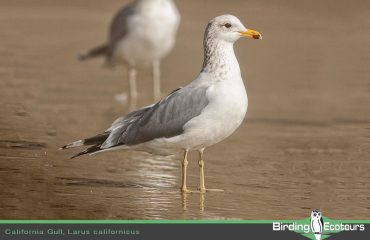 California Gull
California Gull
-
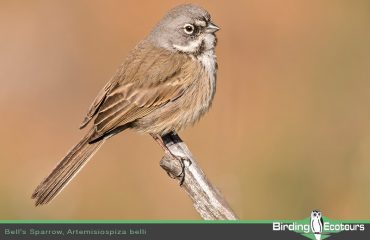 Bell's Sparrow
Bell's Sparrow
-
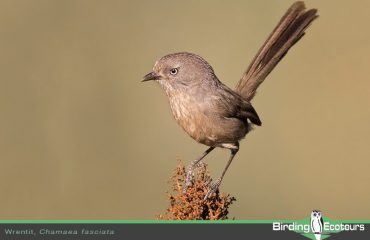 Wrentit
Wrentit
-
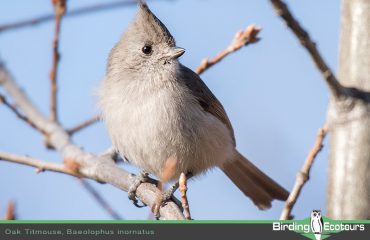 Oak Titmouse
Oak Titmouse
-
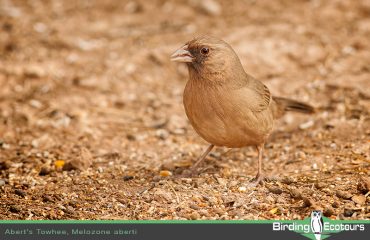 Abert's Towhee
Abert's Towhee
-
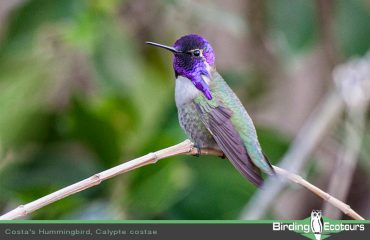 Costa's Hummingbird
Costa's Hummingbird
-
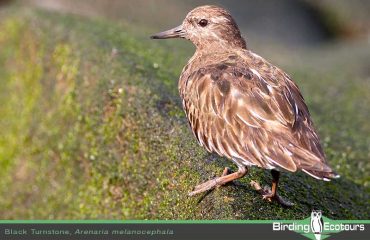 Black Turnstone
Black Turnstone
-
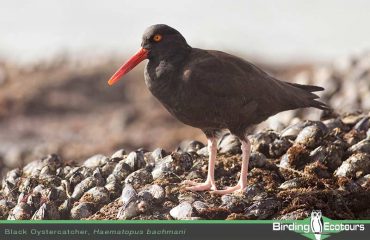 Black Oystercatcher
Black Oystercatcher
-
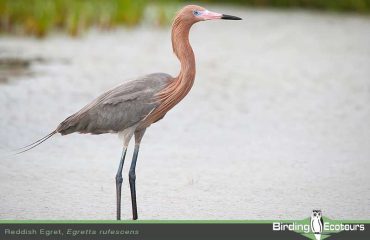 Reddish Egret
Reddish Egret
-
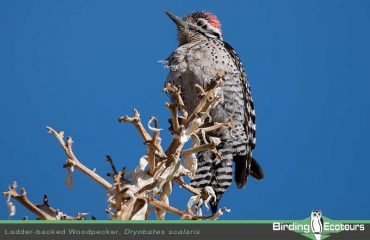 Ladder-backed Woodpecker
Ladder-backed Woodpecker
-
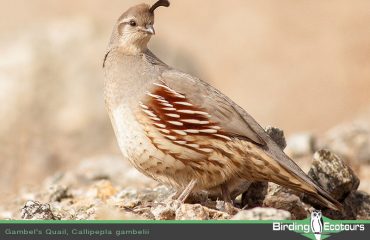 Gambel's Quail
Gambel's Quail
-
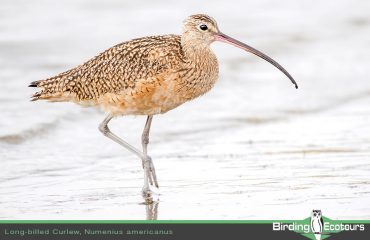 Long-billed Curlew
Long-billed Curlew
-
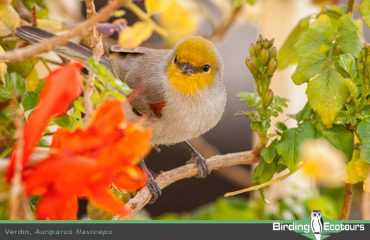 Verdin
Verdin
-
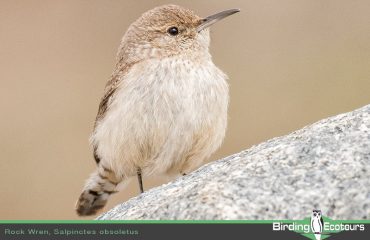 Rock Wren
Rock Wren
-
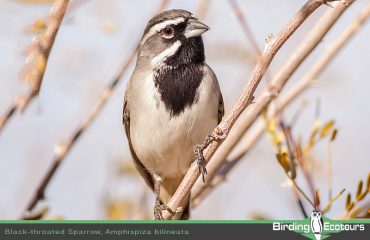 Black-throated Sparrow
Black-throated Sparrow
-
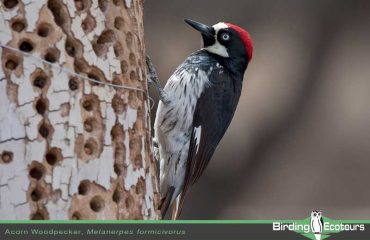 Acorn Woodpecker
Acorn Woodpecker
-
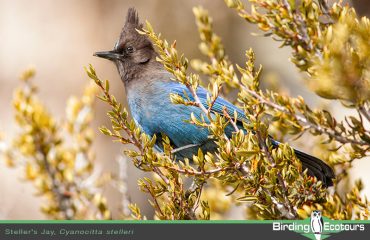 Steller's Jay
Steller's Jay
-
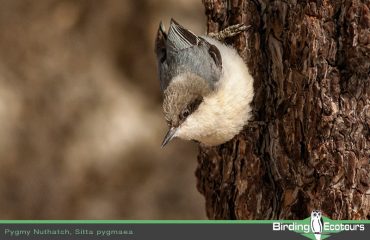 Pygmy Nuthatch
Pygmy Nuthatch
-
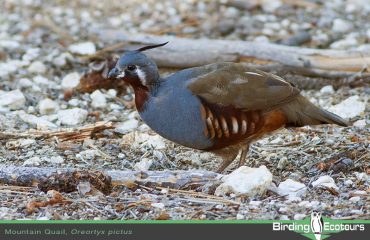 Mountain Quail
Mountain Quail


